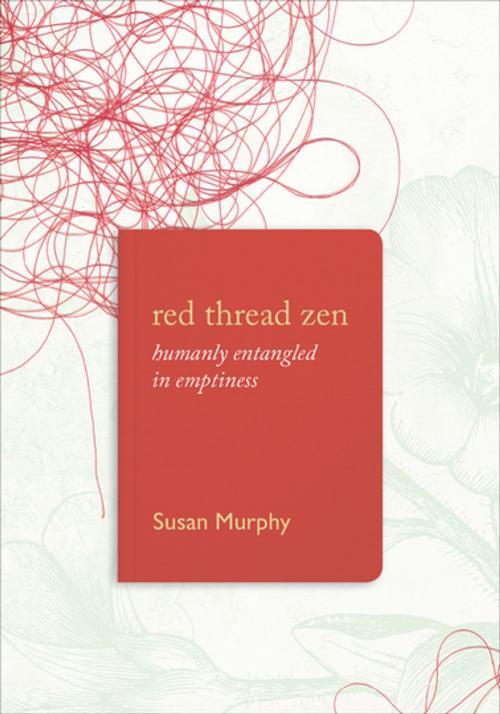Red Thread Zen
Humanly Entangled in Emptiness
Nonfiction, Religion & Spirituality, Eastern Religions, Zen Buddhism, Philosophy, Eastern| Author: | Susan Murphy | ISBN: | 9781619028760 |
| Publisher: | Counterpoint Press | Publication: | October 1, 2016 |
| Imprint: | Counterpoint | Language: | English |
| Author: | Susan Murphy |
| ISBN: | 9781619028760 |
| Publisher: | Counterpoint Press |
| Publication: | October 1, 2016 |
| Imprint: | Counterpoint |
| Language: | English |
A radical, life-affirming book that reconciles Zen with our embodied humanity.
Love, attachment, the passions, gender, carnality, birth, bodily being, mortality, belonging, suffering, hope, despair, personhood, imagination, vitality, the struggle to be fully human—how do these things dwell wholly in emptiness, how do we reconcile their vivid life with “no-thingness”?
The red (or “vermilion”) thread originally connoted the color of the silk undergarments courtesans were obliged to wear. Most spiritual traditions do their best to distance themselves as thoroughly as possible from such direct and intimate contact with the fact of impassioned human bodily being, if not to declare open war upon the flesh, and the female body that most plainly bears flesh into the world. Spirituality has trouble dealing with the fact that we arrive here covered in blood.
But the red thread can never be cut. Why not? Why would no perfectly accomplished saint ever even dream of cutting it?
Red Thread Zen will set out to explore every corner of the magnificent koan of being “still attached to the red thread,” or “line of tears.” This is an argument against the bloodless and socially disengaged form of Buddhism that is generally being gestated in the West, one that shades too readily into the blandest of bland self-help.
A radical, life-affirming book that reconciles Zen with our embodied humanity.
Love, attachment, the passions, gender, carnality, birth, bodily being, mortality, belonging, suffering, hope, despair, personhood, imagination, vitality, the struggle to be fully human—how do these things dwell wholly in emptiness, how do we reconcile their vivid life with “no-thingness”?
The red (or “vermilion”) thread originally connoted the color of the silk undergarments courtesans were obliged to wear. Most spiritual traditions do their best to distance themselves as thoroughly as possible from such direct and intimate contact with the fact of impassioned human bodily being, if not to declare open war upon the flesh, and the female body that most plainly bears flesh into the world. Spirituality has trouble dealing with the fact that we arrive here covered in blood.
But the red thread can never be cut. Why not? Why would no perfectly accomplished saint ever even dream of cutting it?
Red Thread Zen will set out to explore every corner of the magnificent koan of being “still attached to the red thread,” or “line of tears.” This is an argument against the bloodless and socially disengaged form of Buddhism that is generally being gestated in the West, one that shades too readily into the blandest of bland self-help.















